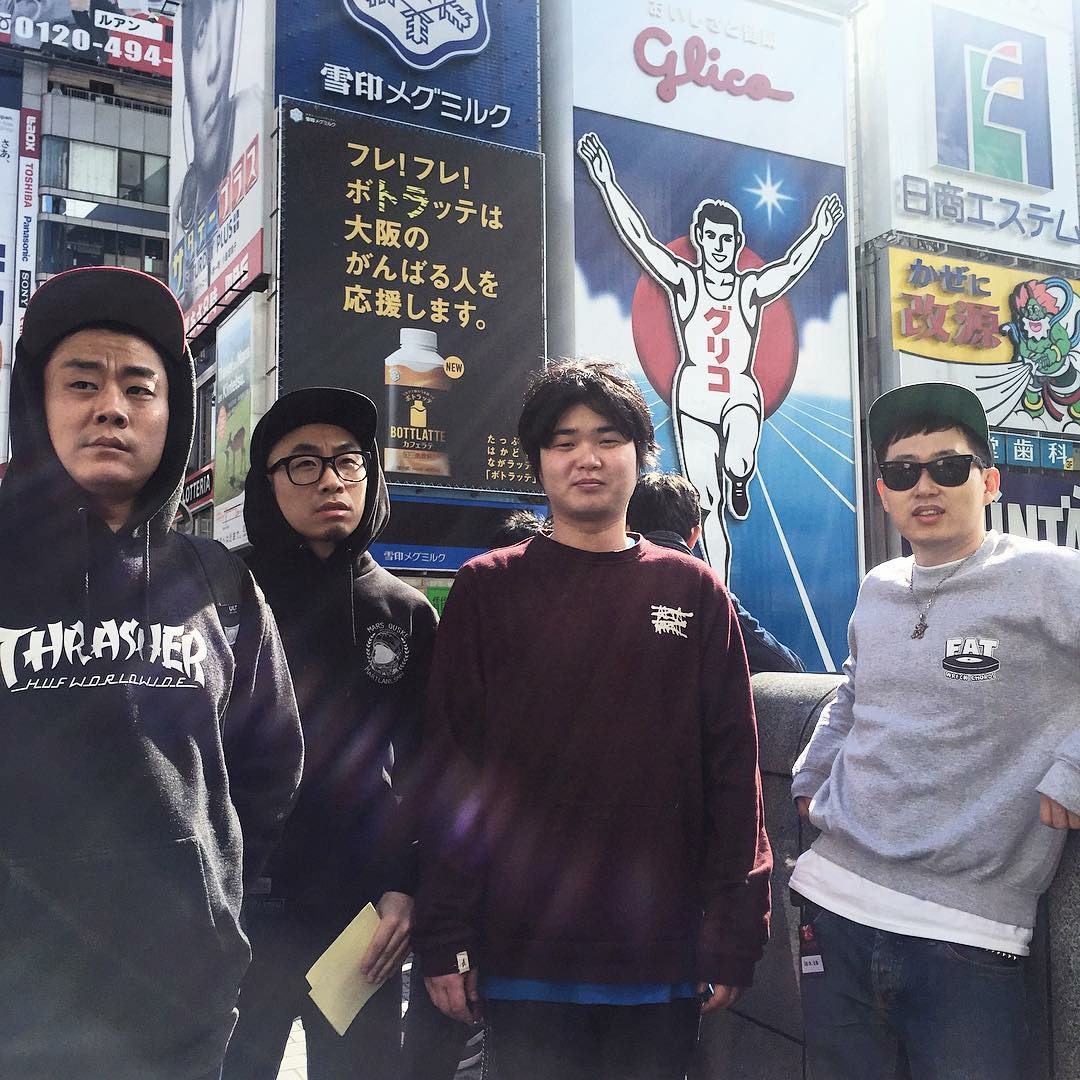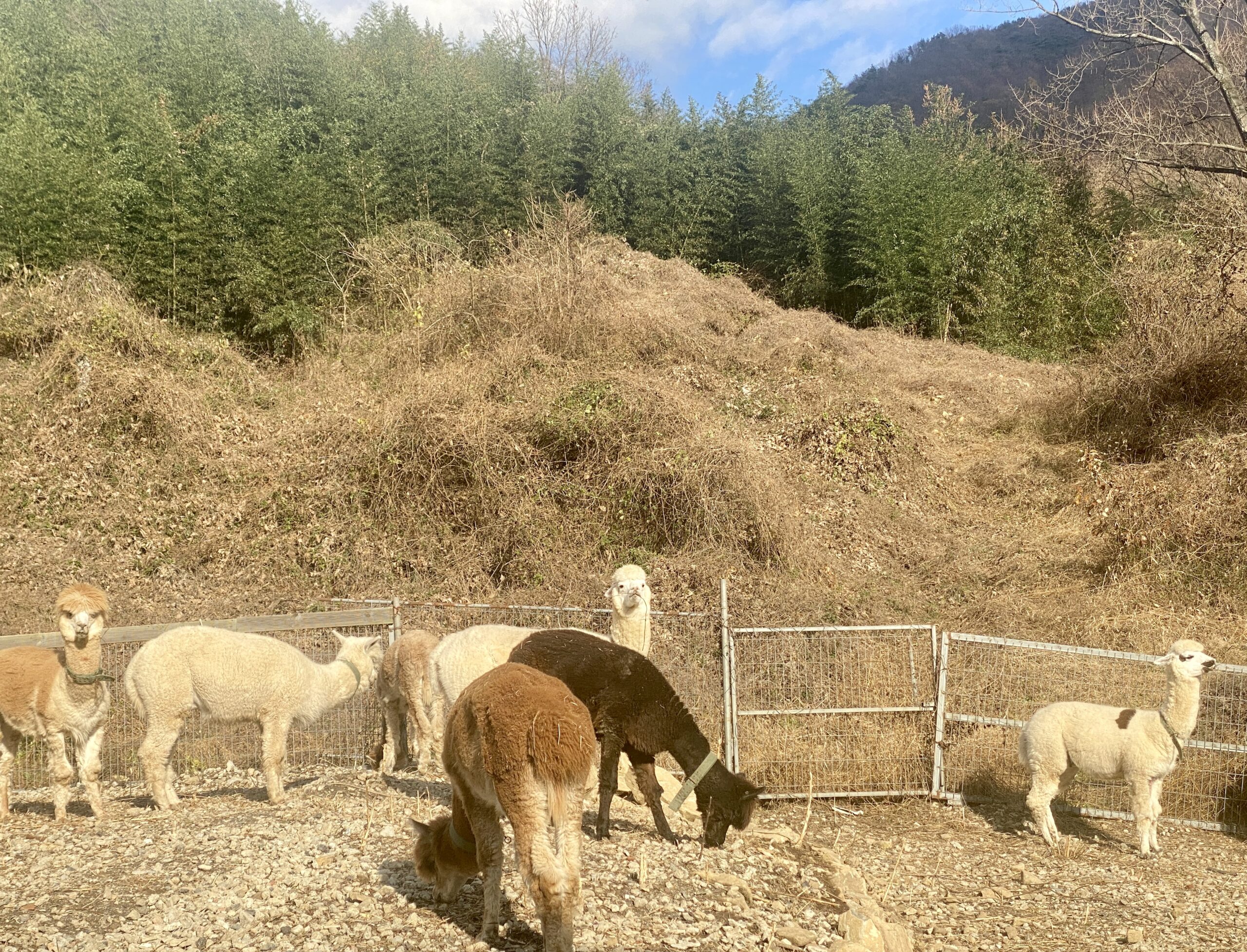Birds Korea: Learning to Care
We can all do something to help conserve the natural world around us, changing our own lifestyles and helping others to care more. Take Mr. Geoff Styles, for example. He was an English teacher in Iksan for several years, and became an active Birds Korea volunteer with a passion for education. Together, we led several weekend eco-camps, helping students progress from becoming more observant of their surroundings, on towards wanting to do something for the environment. Always, the process was enjoyable and rewarding. Sitting silently, together listening to a chorus of insects; helping children look through a telescope for the first time, hearing that gasp of wonder as the brilliance of a bird’s plumage finally came into focus; and then sharing the excitement of students as they planned ways to reduce energy and water use when back at home or school.
Now a teacher in Canada, Mr. Styles remains active, and is even leading a new outdoor education movement there. Recently, he wrote to us:
 “Research shows that children spend less time outdoors than before and more time in front of computer screens or on smart phones. A few years ago, two friends and I decided to try to help reverse this trend by offering more opportunities for children and families to enjoy outdoor experiences. And this school year, we will give a thousand students the chance to experience nature.
“Research shows that children spend less time outdoors than before and more time in front of computer screens or on smart phones. A few years ago, two friends and I decided to try to help reverse this trend by offering more opportunities for children and families to enjoy outdoor experiences. And this school year, we will give a thousand students the chance to experience nature.
At the start of the program in 2012, we hiked a group of Grade 2-3 students to a lovely mountaintop viewpoint, where a broad valley stretched out below and birds sang in the trees around us. It was the first day of a three-day camp based on outdoor learning experiences.
We gathered everyone in a circle, and asked the children to name as many candy bars as possible, starting with one student and continuing around the circle until we were out of ideas. We named about 25 types. We then did the same with cereals. Again, brand names were called out around the circle, and we ended up with another 26. Then we asked them to look around and name any living thing that they could see or hear. One brave student pointed to a tree beside us and said, ‘Pine?’ That was it. The parents’ eyes opened as much as the children’s did, as they saw the point of our exercise.
 Being able to name every species around us is not the goal of environmental education, of course. But without knowledge of what is around us, the connections we can make to that natural space remain limited. Without those connections, why would anyone want to learn about that space, spend time there, or protect it in the future?”
Being able to name every species around us is not the goal of environmental education, of course. But without knowledge of what is around us, the connections we can make to that natural space remain limited. Without those connections, why would anyone want to learn about that space, spend time there, or protect it in the future?”
We believe that with improved knowledge comes concern – for places and people, for biodiversity and the environment. Do you agree?
For more on Birds Korea, please visit: www.birdskorea.org




